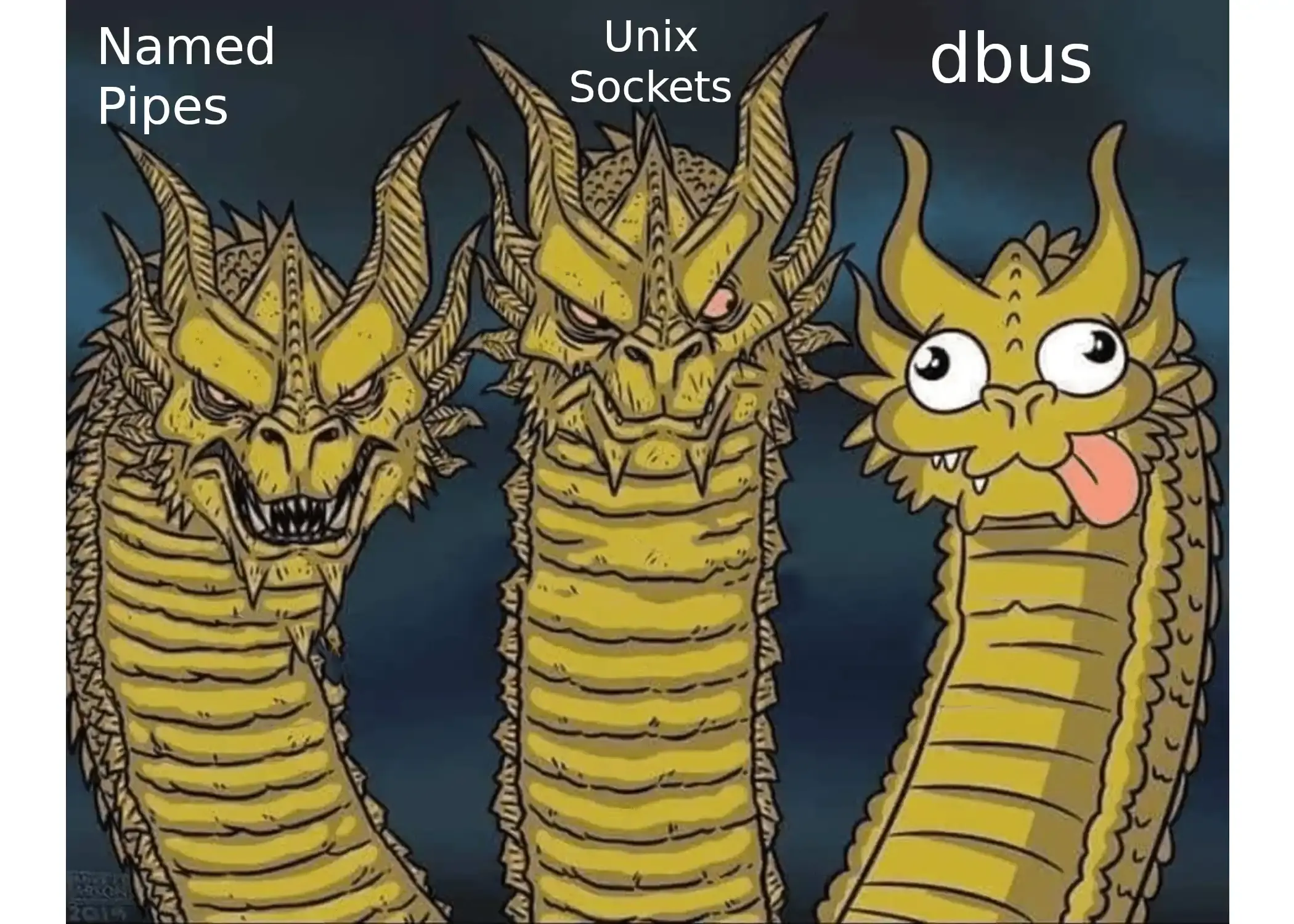this post was submitted on 28 Dec 2023
204 points (81.7% liked)
Linux
48376 readers
1633 users here now
From Wikipedia, the free encyclopedia
Linux is a family of open source Unix-like operating systems based on the Linux kernel, an operating system kernel first released on September 17, 1991 by Linus Torvalds. Linux is typically packaged in a Linux distribution (or distro for short).
Distributions include the Linux kernel and supporting system software and libraries, many of which are provided by the GNU Project. Many Linux distributions use the word "Linux" in their name, but the Free Software Foundation uses the name GNU/Linux to emphasize the importance of GNU software, causing some controversy.
Rules
- Posts must be relevant to operating systems running the Linux kernel. GNU/Linux or otherwise.
- No misinformation
- No NSFW content
- No hate speech, bigotry, etc
Related Communities
Community icon by Alpár-Etele Méder, licensed under CC BY 3.0
founded 5 years ago
MODERATORS
you are viewing a single comment's thread
view the rest of the comments
view the rest of the comments

I will conveniently avoid any dbus talk, because the why is not so interesting as the how and direct you to this path
/var/run/wpa_supplicant. You would probably sendSCAN_RESULTSon the socket, you could also initiate aSCANfirst to include the strength of stations you're not connected to. If you want deeper access to wireless, you use netlink to communicate with the kernel (see/usr/include/linux/nl80211.h) and poke someNL80211_STA_INFOs.. or the other direction (everything is a file) you just parse/proc/net/wirelesswithout any special permissions for the current signal strength.Oh.. and btw dbus has a simple binary protocol underneath all the XML/interface fluff and uses a UNIX socket.